A pecha kucha is 20 slides of 20 seconds, so 6'40" to express something. That’s what the organizing committee of #ALE15, in Sofia, Bulgaria, proposed I do. ALE is just one, if not my favorite conference. The challenge here was naturally to start giving talks in English (I also organized the openspace with Alexis Monville, always impeccable, but I’ll tell you about that in another article).
To come back to English: my accent is worthy of that of Jacques Delors. In other words: it highlights my French origin. I’m worth it. And well, for the few years I’ve been frequenting English-speaking European circles, I can tell you something: speaking English like that is great. We benefit from an enormous popularity factor. People simply find this accent very appealing. Several came to tell me that they have to concentrate and therefore they listen better, and since they find the accent very nice, they like it. In short, don’t have any embarrassment about your accent (only the French make fun of it, so who cares).
You’ll find the slides here: http://www.areyouagile.com/slides/slum-ale2015/
You need to press ‘S’ to make the comments appear (in English and French) otherwise it will seem obscure to you.
Slide #1

French Hello, I’m happy to be here with you. Pablo is a Spanish first name. But I’m indeed French, 3/4 actually, one quarter Dutch, nobody’s perfect. I’m going to talk to you about slums and agility.
English Hello, I’m glad to be here. Pablo is a spanish surname, but I’m french, really, 3/4 quarter french, 1 quarter dutch, nobody’s perfect. I’m gonna talk but Slum and Agile.
Slide #2
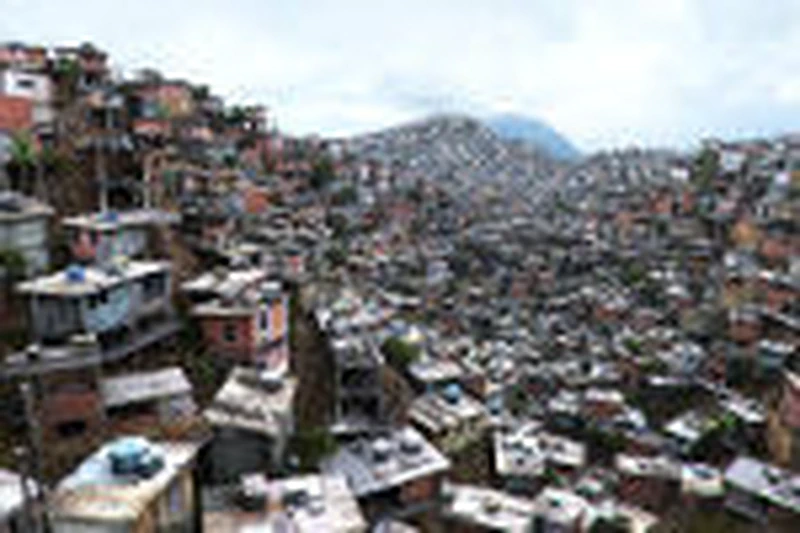
French First because slums have a context very close to that of agility: frugality, economy of resources, a strong chaos and creativity link, adaptation, etc. Then because the solutions observed to improve and transform these slums are very close to our agile observations.
English First because Slum are very linked to our agile context : frugality, economy, chaos/creativity, adaptation Second because learnings from “upgrading Slum” (improve life condition, transform slum), are very similar and linked with what we say regarding Agile.
Slide #3
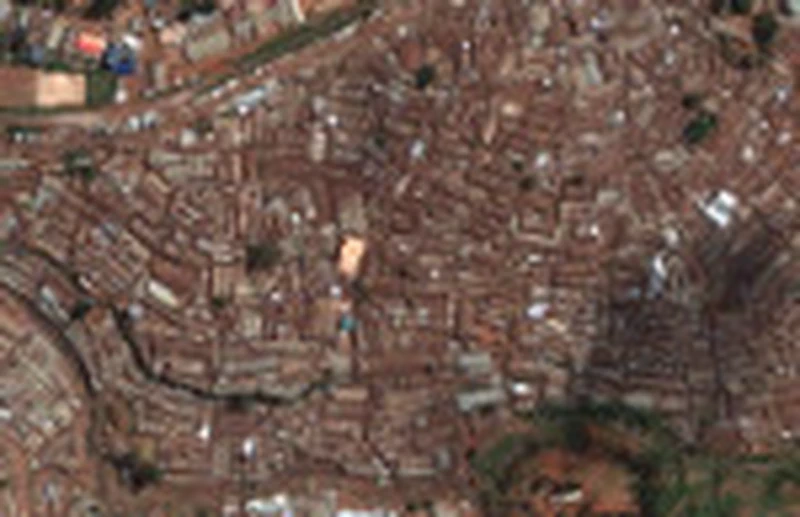
French The observations about what succeeds in transforming these slums are surprisingly agile: proximity, diversity, autonomy, incremental approach, etc. Scaling these is also consistent with our philosophy: no linearity, no repeatability, no massification, don’t manage by costs, etc. It’s very pleasant to find another domain that brings the same answers, but not surprising.
English What we observed about solutions for upgrade Slum are really Agile : proximity, diversity, autonomy, incrementally, etc. Scaling question is also related to the way we think Agile : no linearity, no repetability, no mass approach, no cost over value, etc It’s really cool find that another field bring the same answers, but not surprising.
Slide #4

French But the pecha kucha exercise is powerful, but cruel, I must focus on a few points. Which ones? I propose to observe variations instead, so that one domain enriches the other. I’m going to talk to you about causes, and the importance of physical aspects.
English Pecha kucha is powerful but cruel, I had to focus on few points. Which ones ? I propose to look at variations, the other field can enrich our. What are the learning from “slum upgrading” ? I will talk about causes, and of the importance of physical aspects.
Slide #5

French First there is no question of values, vision or purpose, but rather of causes, good causes. Courage is a value. Saving the elephants of Africa, a cause. Freedom is a value. Freeing your country from its dictatorship, a cause.
English First there is no values, vision or purpose in slum upgrading, but a cause, or few good causes. Courage is a value. Save elephant of extintion in Africa, a cause. Freedom is a value. Free your country from oppression, a cause.
Slide #6

French Values are like orders, coercive. And they are static, it’s a fixed word that has no movement. A state. Causes are containers that indicate a direction without imposing a way of being or doing on you. They induce movement, a change.
English Values are like order, coercitives. They are static, a word, no dynamic, they are more like a state. Causes are more like contener showing a direction and not telling you how to be and how to achieve it. They implie a dynamic, a change.
Slide #7

French Causes differ from purposes because they suggest going against something. They imply a change.
English Causes are different from purpose because they implie to go against something, they implie a change.
Slide #8

French Causes differ from vision because, due to going against something, they integrate a stronger emotion. Martin Luther King didn’t say “I had a vision” but “I had a dream”. Causes are a vision loaded with emotion.
English Causes are different from vision, because, due to they go against something, they carry a stronger emotion. Marting Luther King didn’t say “I had a vision” but “I had a dream”. Causes are vision loaded with emotion.
Slide #9

French By giving emotion, by proposing a container, a direction without being directive, causes are very adapted to our complex emerging systems. The other important point that is highlighted by slums is the importance of physical aspects. What we are, physically, and our environment.
English Giving emotion, proposing container, direction without directives, causes are well adapted to our complex emerging systems. The other underlined point by slum is the importance of physical aspects. What we are, us, physically, and our environment.
Slide #10
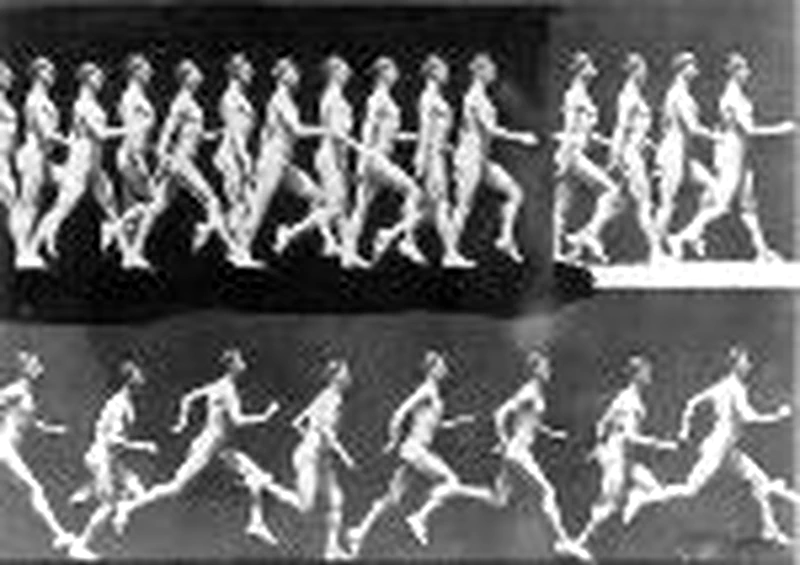
French Yesterday (#ALE15) someone quoted Drucker: “our culture eats our strategy every morning at breakfast”. I would say: our nature eats our culture every morning at breakfast! We too often forget what we are intrinsically. Yet the solutions that work are linked to our physical nature. You also know Conway’s law, roughly: our products resemble the way we are organized. I would add: the way we function should influence the way we build our organizations.
English Yesterday (#ALE15) someone quoted Drucker : “Culture eats strategy at breakfast”. I would add : Our nature eats our culture at breakfast ! We too often forget what we are intrinsically. But solutions that worked are linked to our physical abilities. You also know Conway’s law, I simplify it : The way organizations are designed influence their products. I would add : the way we are design, our nature, should influence our organizations.
Slide #11

French What we are?
- The Allen curve: communication collapses beyond 15m
- Group size (8 max)
- The sense of belonging at 7 or 50
English What we are ?
- Allen curve : no good communication further 15m
- Group size for constructive communication is limited to 8.
- We feel good in group at 7 or 50, etc
Slide #12

French
- The social limit of Dunbar’s number (150/220)
- Visual rather than words (verbal overshadowing)
- The “story format (telling a story)” enormously improves (x22) your memorization
- The hormones we were told about yesterday (#ALE15)
English
- Social limit with the dunbar number : 150/220
- Visual versus words (the verbal overshadowing effect)
- Storytelling helps people remind 22 times better any information
- Hormones as discussed yesterday (#ALE15)
Slide #13

French Edgar Morin, a French philosopher, said: our nature influences our culture which influences our practices, which influence our nature, etc. There is a real influence loop between our nature and our environment. Slums and the way to improve them made me think a lot about stigmergy, which I now closely associate with agility.
English Edgar Morin, a french philosopher, wrote : our nature impacts our culture, which impacts our practices, which impact our nature, etc. There is a real feedback loop between our nature and the environment around. Slum and the way they are improved, upgraded, makes me think a lot to stigmergy and I link it to agility.
Slide #14

French Stigmergy is the idea that interaction with the environment produces small actions that lead to large and complex achievements. Stigmergy is a self-organized system proposed by nature. A system without planning without control, without centralized supervision, without complicated arrangements.
Think termites, ants, Wikipedia, opensource.
English Stigmergy is the idea that interactions with environment generates effects that build complex result. Stigmergy is a self-organisation system proposed by nature. A system without planning, without control, without central supervision, without complicated arrangements.
Think termites, think ants, think wikipedia, think opensource
Slide #15
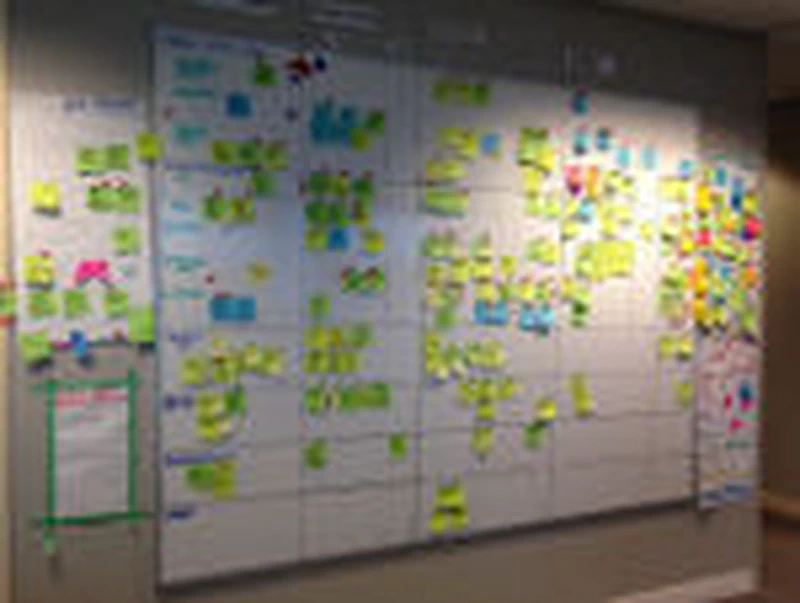
French Look at Kanban, it’s typically stigmergy in action.
English Look at Kanban, it’s typically stigmergy in action.
Slide #16
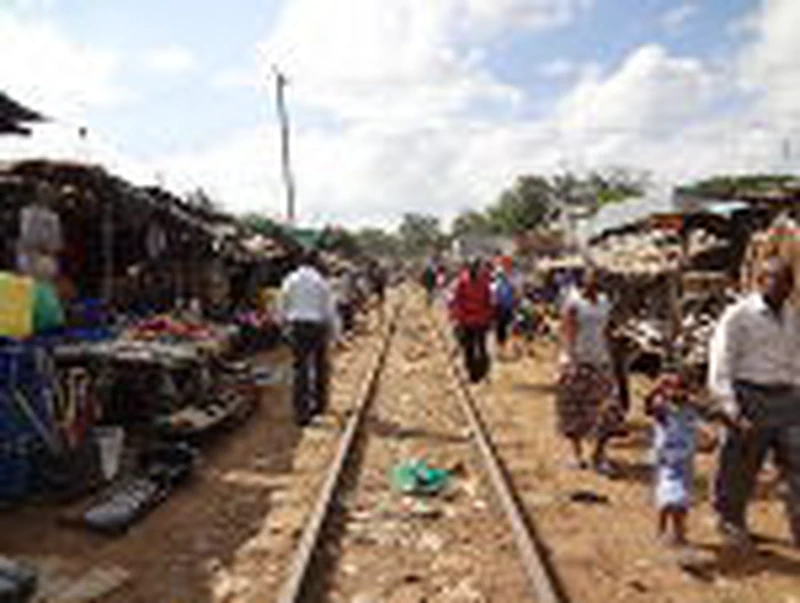
French What I learned from my readings about slums, and the way to improve them, is the importance of causes, or of a cause, and the impact of physical aspects.
English What I learned from my readings about slum and slum upgrading it is how important are causes, and all the physical aspects.
Slide #17
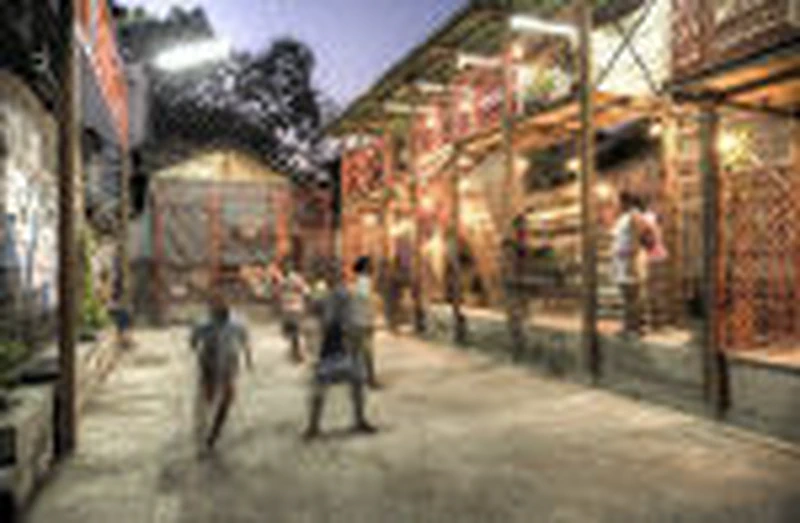
French We always tell people “it depends on the context”, and we should not work on anything else: the frame, the environment.
English We always say to our customers : “it depends on the context”. And we should not focus and work on other thing : the container, the physical aspects.
Slide #18

French And let the rest happen! Let the dynamic work itself out. You talk about emergence: let it happen.
English And let the dynamics do it alone, by itself. You talk about emergence : let it be.
Slide #19
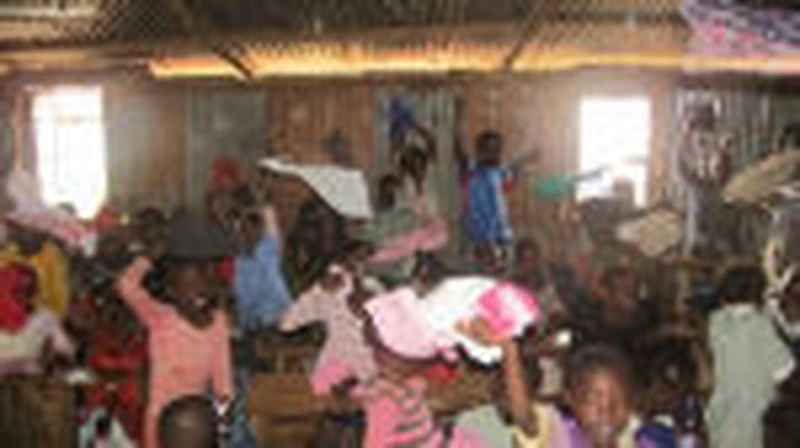
French Think of open space: invite, have a need to change (a cause); hold the space! or at least try… :)
English Think open space technology : invite (with a cause, a need to change) ; hold the space, or I least try… :)
Slide #20
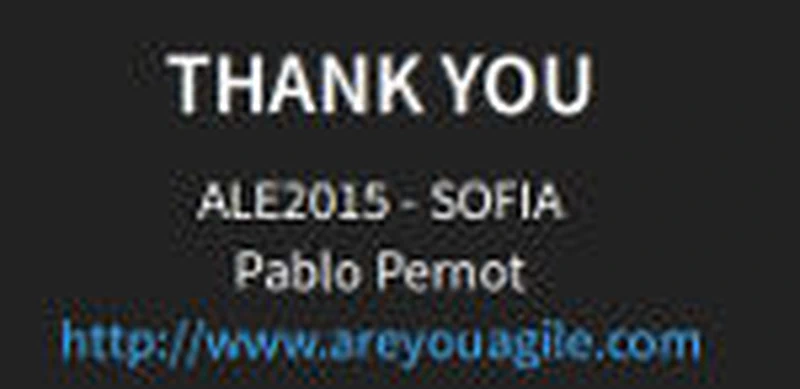
Thank you! Thank you!
Olaf, whom I adore, recorded the session, you can find it here: youtube, SLUM
Thanks to my “proofreaders” during the preparation (they will recognize themselves).
On slums: On slums